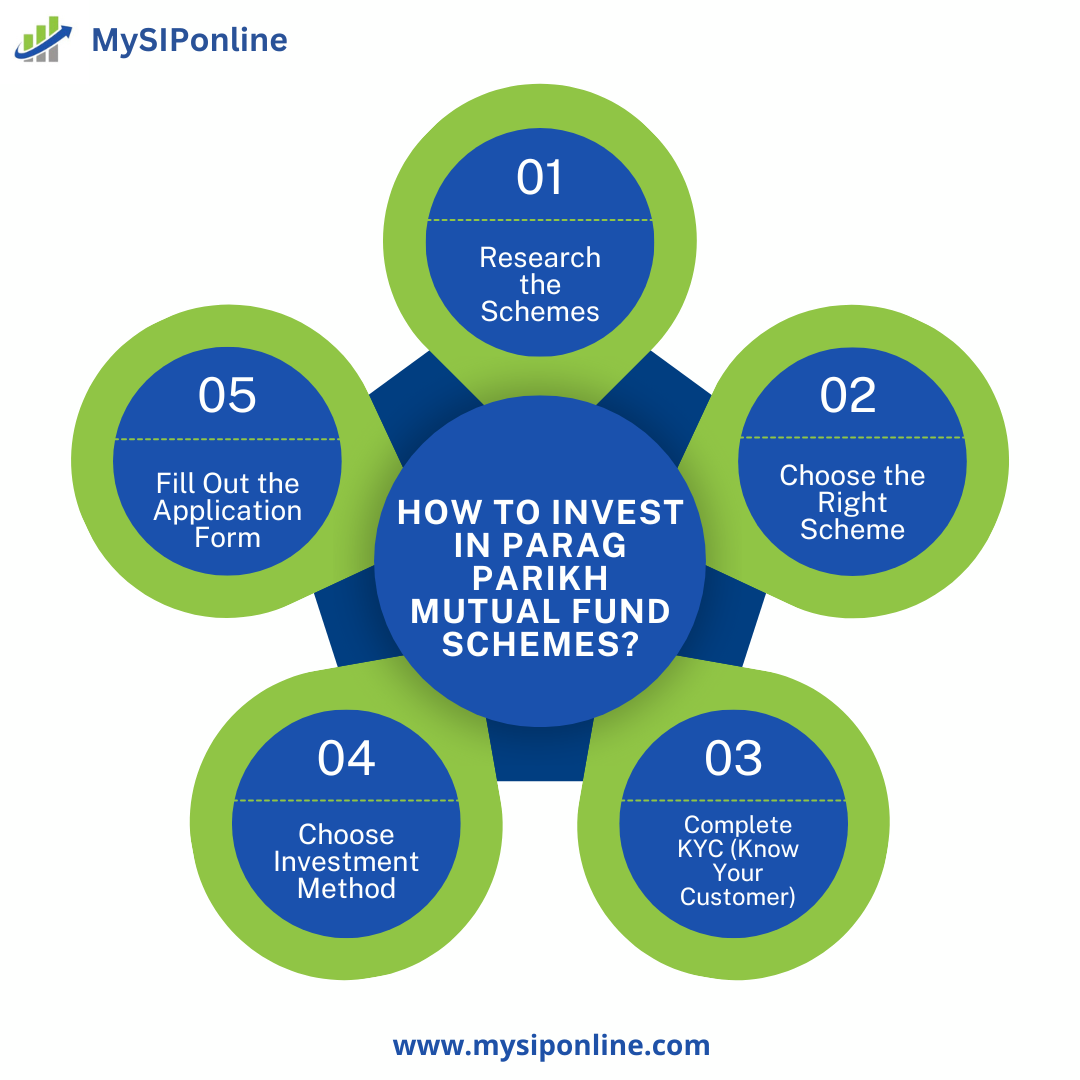
Let’s get one thing straight—hitting seven figures in revenue with a small fleet isn’t a fantasy. It’s a formula. But it’s a formula most small carriers never get close to cracking, not because they lack hustle, but because they lack the strategy and discipline required to operate like a high-performing business with low overhead and high yield. I’ve seen it done. I’ve helped operators do it. And in this article, I’m going to break down what it actually takes to break that million-dollar ceiling with less than five trucks. No fluff. No magic. Just real-world execution.
The Million-Dollar Math – What It Actually Looks Like
If you’ve got five trucks, the numbers are clear. You need each truck bringing in at least $4,000 a week for 50 weeks out of the year. That’s $1,000,000 in top-line revenue. Sounds simple, right? But here’s the thing—most carriers aren’t disciplined enough to hit that number consistently because their operation leaks money in all the wrong places.
I’ve seen folks with two trucks making more profit than fleets with ten. Why? Because they know their numbers. They know their lanes. And they run lean. They’re not playing the volume game—they’re playing the profitability game.
You don’t need to haul more freight. You need to run smarter freight, with better customers, better planning, and better control over your costs.
Step 1: Specialize in a Lane You Can Dominate
Million-dollar carriers don’t chase freight—they command it. And that starts with owning a consistent lane. Pick one or two lanes that:
-
Run at least 2-3 times per week
-
Keep you under 600–700 miles one-way
-
Have solid outbound and backhaul options
-
Allow for repeatable, scheduled operations
You want to run like a bus route. Predictable. Repeatable. Efficient. If your trucks are bouncing around the country chasing whatever’s paying high this week, you’ll burn fuel, hours, and sanity.
Dominate one lane and become a known, reliable option in that corridor. That’s how you get the kind of consistency that million-dollar carriers build off of.
Step 2: Dispatch Like a CFO, Not a Load Board Cowboy
If you’ve got five trucks, you need to dispatch for margin, not mileage.
That means looking at:
-
Cost per hour, not just cost per mile
-
Time spent loading, unloading, waiting
-
Driver utilization across the week
-
Loaded vs deadhead percentage
-
Detention revenue, accessorials, and fuel surcharge effectiveness
Most small carriers are reactive with their dispatching. They book freight that fills gaps instead of freight that builds toward a profitable week. Million-dollar operators build weekly dispatch plans that hit revenue benchmarks—before the week even starts.
Story ContinuesSet revenue goals per truck. Know what each day has to produce. And coach your dispatchers to make margin-based decisions, not ego-based ones.
Step 3: Eliminate Waste from the Core of Your Business
You can’t scale sloppily. Every inefficiency becomes more expensive with every truck you add. Before you think about growth, you need to lock in:
-
A tight maintenance schedule that avoids breakdowns and controls costs
-
A fuel program that saves 30–60 cents per gallon consistently
-
TMS automation to reduce administrative time and prevent invoice errors
-
A system for driver communication that avoids “he said, she said” dispatching
Million-dollar fleets have structure. That doesn’t mean you need a full-time staff for every role. It means you build repeatable systems that protect your profit, not just your trucks.
Start with your top 3 cost centers: Fuel, maintenance, and labor. Reduce variance. Track every dollar. And audit weekly, not monthly.
Step 4: Build Direct Shipper Relationships Early
You want to know the difference between a $700,000 fleet and a $1.2M fleet with the same number of trucks?
Freight quality.
Direct shipper freight comes with better rates, more stability, and less wasted time. But here’s the kicker—it’s not just about landing a contract. It’s about delivering consistently on service and communication.
If you’ve got five trucks and you’re still 100% dependent on load boards, it’s time to rethink. You don’t need 20 shippers. You need 2-3 strong ones that you can build your base around. Start with the lanes you already run. Target the midsize manufacturers and distributors. Send a pitch email. Follow up. Prove your safety score, your on-time rate, and your driver professionalism.
And when you do get a shot—execute flawlessly. That’s how small carriers get big contracts.
Step 5: Hire Drivers Who Think Like Owners
You’re not going to hit $1 million with lazy drivers who want max pay for minimum effort. You need drivers who:
-
Understand why on-time delivery matters
-
Protect equipment like it’s their own
-
Communicate proactively
-
Follow SOPs without drama
Now here’s the real play: Pay them fairly and give them a reason to stay. Create a bonus structure tied to metrics that matter—fuel economy, safety, on-time delivery, and miles driven.
And don’t wait until there’s a problem to have a conversation. Coach weekly. Review performance. Set expectations.
A high-performing driver on the right lane can generate $250K+ in annual revenue. Four of those? You’re already flirting with $1 million—without even maxing your fifth truck.
Step 6: Build the Back Office BEFORE You Need It
Here’s what kills most small carriers who try to scale: the business outgrows the back office. Invoicing gets delayed. Payroll gets messy. Compliance gets ignored. Customers get annoyed. And everything starts falling apart.
You don’t need a giant staff. But you do need systems.
-
Use a TMS with invoicing, settlement, and tracking built in
-
Set weekly admin rhythms for invoicing, collections, and compliance
-
Hire part-time or virtual help before you get overwhelmed
Million-dollar carriers run like million-dollar businesses—not like one-person shows.
Build the foundation now so you can scale without stress later.
Final Word
Breaking the million-dollar ceiling with less than five trucks isn’t about luck, hustle, or the spot market gods smiling down on you. It’s about discipline. It’s about consistency. It’s about treating every truck like a business unit with its own profit and loss sheet—and building from the inside out.
Don’t get caught up in truck count. Get obsessed with revenue per truck, margin per load, and driver performance per week.
When you lock in your operations, dial in your dispatch, and stop chasing freight you can’t control, you’ll realize that growth isn’t a guess—it’s just execution.
This is how small fleets win. This is how you build a million-dollar business the right way. One truck. One system. One result at a time.
The post Breaking the Million Dollar Ceiling with Less Than 5 Trucks appeared first on FreightWaves.







![Lobster Market Growth: Key Factors Driving Expansion to USD [9.6 Billion] by {2029}](https://noticiasdecostarica.com/zb_users/upload/2025/07/20250714121902175246674235065.png)





